TRISHA BROWN
Trisha Brown, the most widely acclaimed choreographer to emerge from the postmodern era, first came to public notice when she began showing her work with the Judson Dance Theater in the 1960s. Along with like-minded artists including Yvonne Rainer, Steve Paxton, and Simone Forte, she pushed the limits of what could be considered appropriate movement for choreography thereby changing modern dance forever. This ‘hot-bed of dance revolution’, was imbued with a maverick spirit and blessed with total disrespect for assumption, qualities that Brown still exhibits even as she brings her work to the great opera houses of the world today. Founding her own company in 1970, Brown explored the terrain of her adoptive Soho, creating her early dances for alternative spaces including roof tops and walls, and flirting with gravity alternately using it and defying it. Her ‘Man Walking Down the Side of a Building’ foreshadowed not only her own innovative use of flying in her 1998 production of Monteverdi’s Orfeo, but also much of the work of choreographers and theatrical directors who still seek unusual and startling contexts for the human body. In 1983 she added the Robert Rauschenberg/Laurie Anderson collaboration, Set and Reset to her first fully developed cycle of work, ‘Unstable Molecular Structures’, establishing the fluid yet unpredictably geometric style that remains a hallmark of her work. Her relentlessly athletic Valiant Series followed, epitomized by the powerful Newark in which she pushed her dancers to their physical limits and began exploring gender-specific movement. Next came the elegant and mysterious ‘Back to Zero’ cycle, which includes ‘For M.G.: The Movie’, in which Ms. Brown pulled back from external virtuosity to investigate unconscious movement. Inspired by her experience working in opera when Lina Wertmüller invited her to choreograph ‘Carmen’, Brown turned her attention to classical music and opera production. Her ‘M.O.’, choreographed to J.S. Bach’s monumental ‘Musical Offering’, was hailed as a ‘masterpiece’ by Anna Kisselgoff of the New York Times, who stated that Brown’s piece made “a great deal of other choreography to Bach’s music look like child’s play”. In 1998 her production of Monteverdi’s ‘Orfeo’ premiered in Brussels and later played to sold-out houses in London, Paris, Aix-en-Provence, and New York. In ‘Orfeo’, Brown achieved the total integration of music, text, and movement, creating what a reviewer from London’s ‘Daily Telegraph’ called “as close to the perfect dance opera as I have ever seen.” Brown joined with two new collaborators, visual artist Terry Winters and composer Dave Douglas, to create a trilogy danced to the sounds and structures of today’s new jazz music. Working with celebrated lighting designer Jennifer Tipton, the team produced an evening-long choreography full of sensuousness and marked by an unmistakable modernity. Completed in 2000, ‘El Trilogy’ was clearly heralding a new direction for a new century. Brown continues to transform modern dance through collaborations and interactive technological advancements. She has received numerous honorary doctorates and is an Honorary Member of the American Academy of Arts and Letters. (source: www.trishabrowncompany.org)
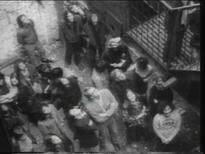
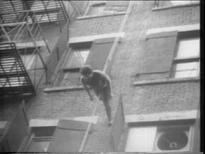
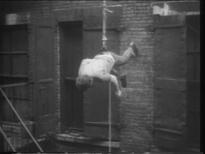
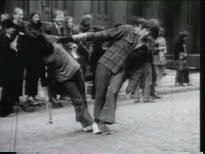
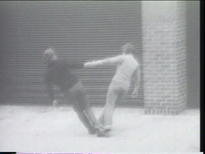
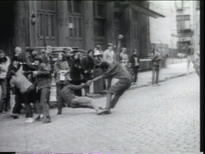
- ° 1936 Aberdeen (Washington, US). Lives and works in New York.
-
Links
-
EVENEMENTEN